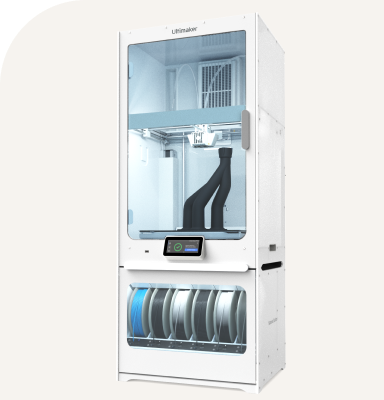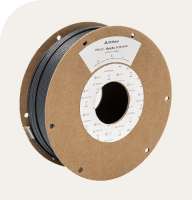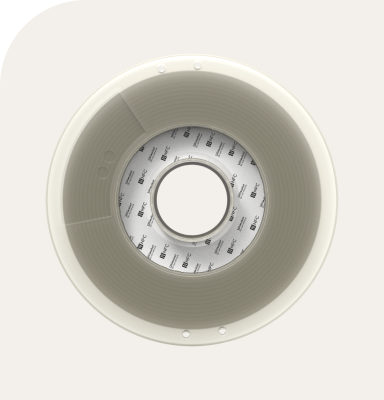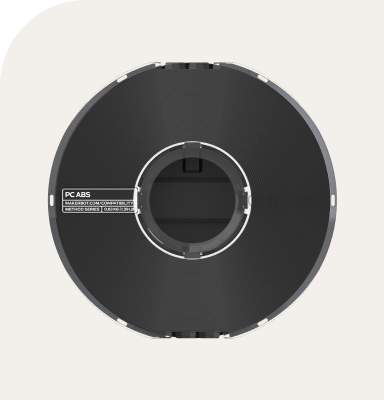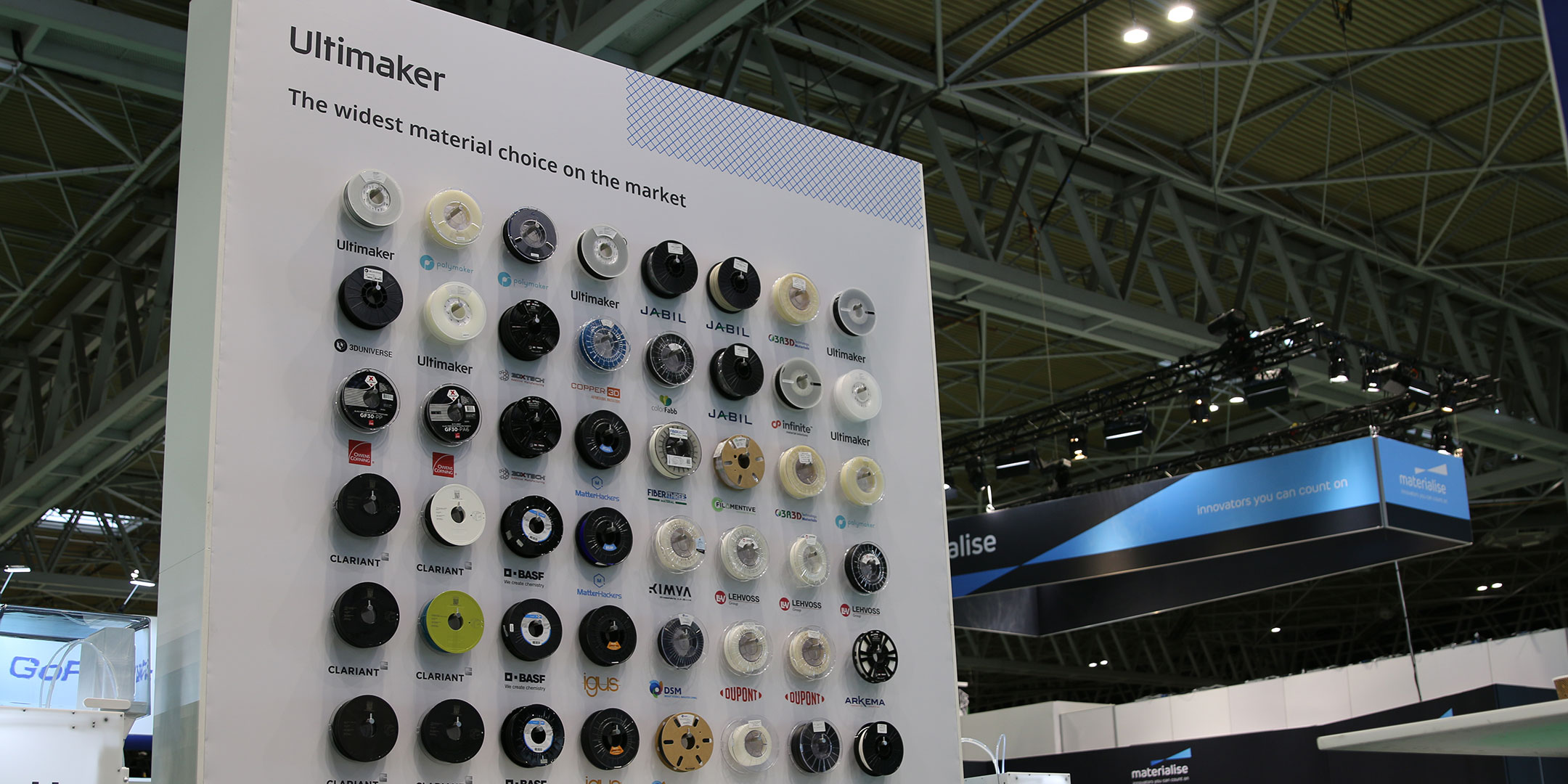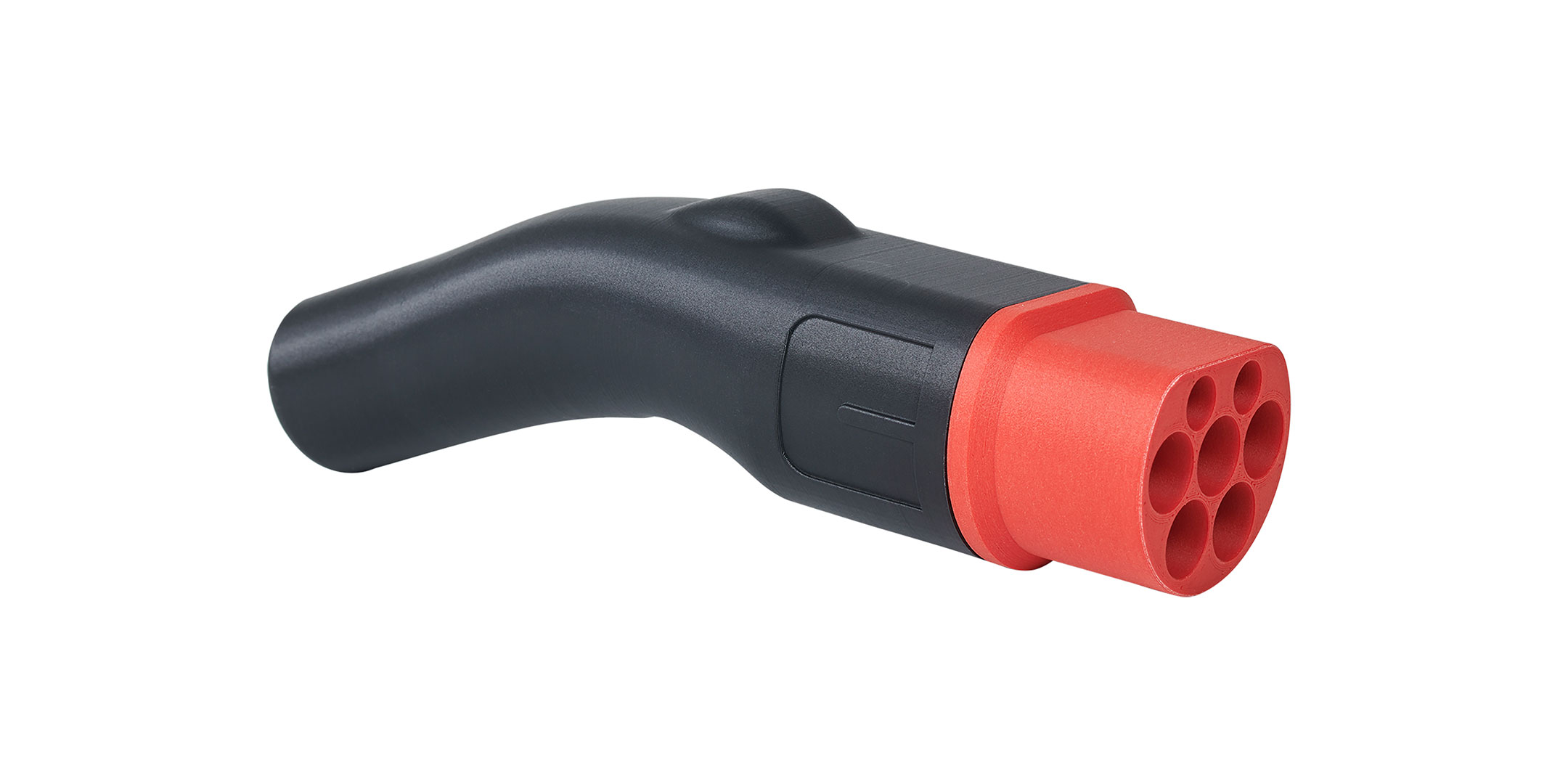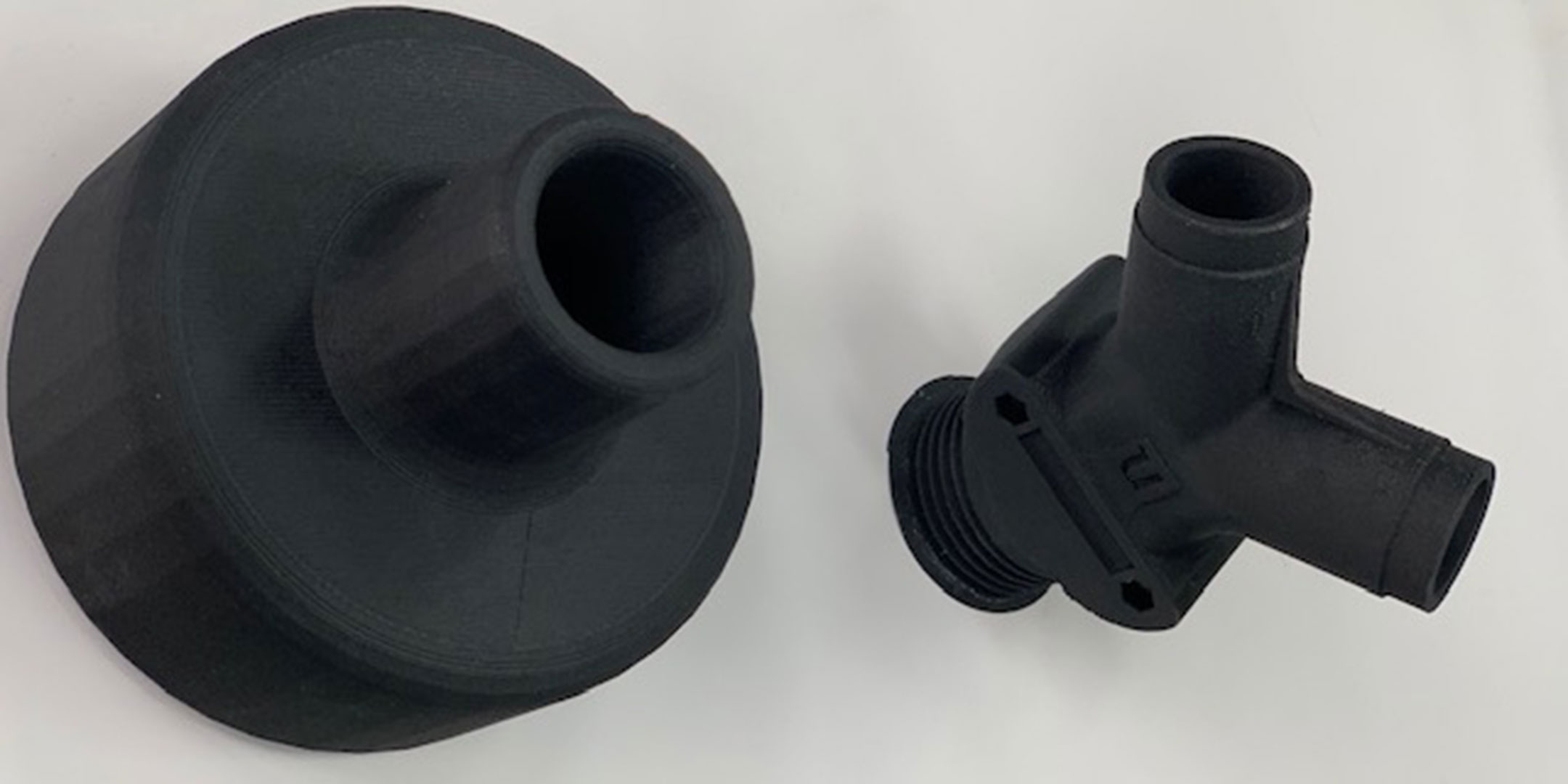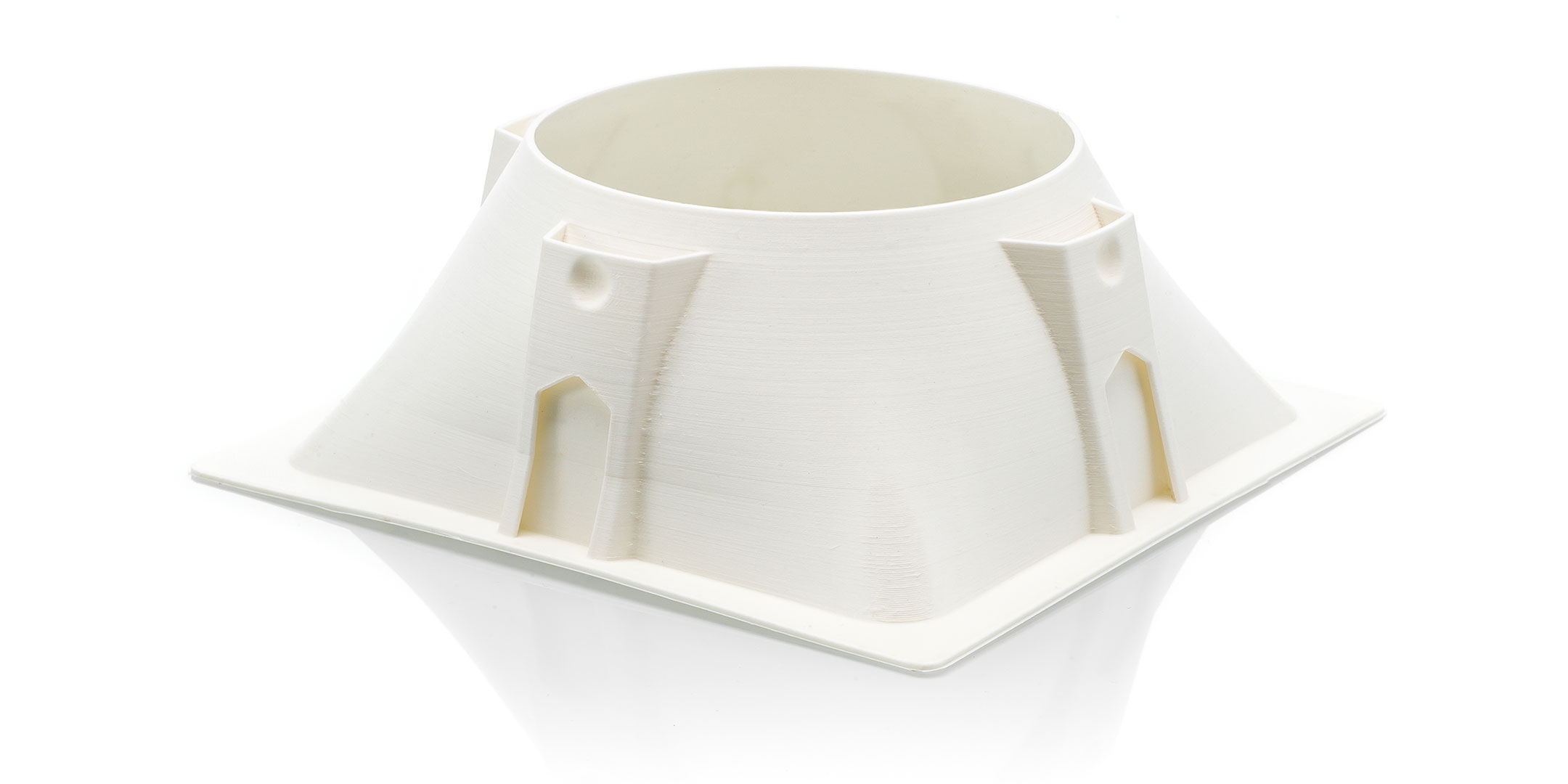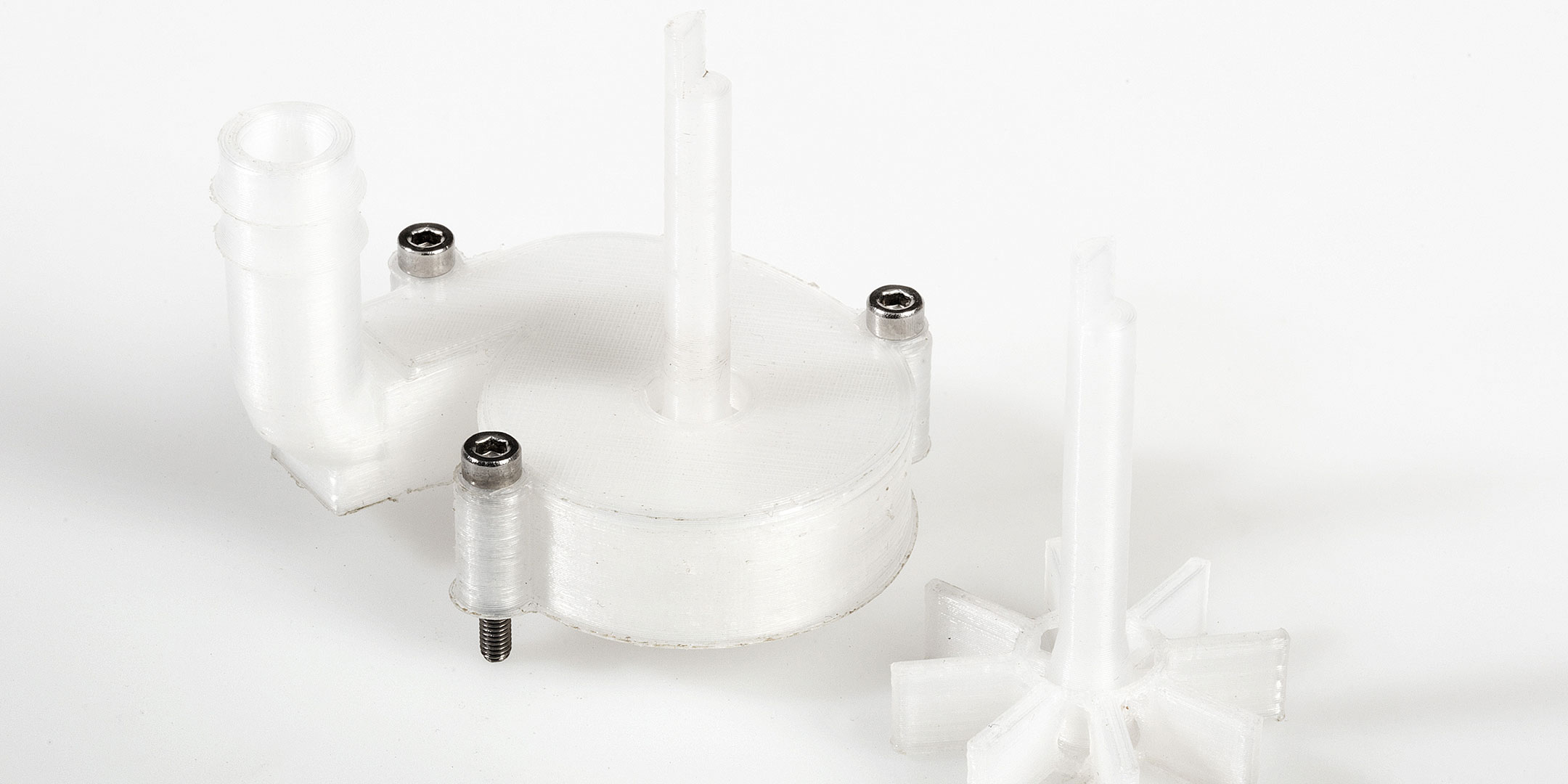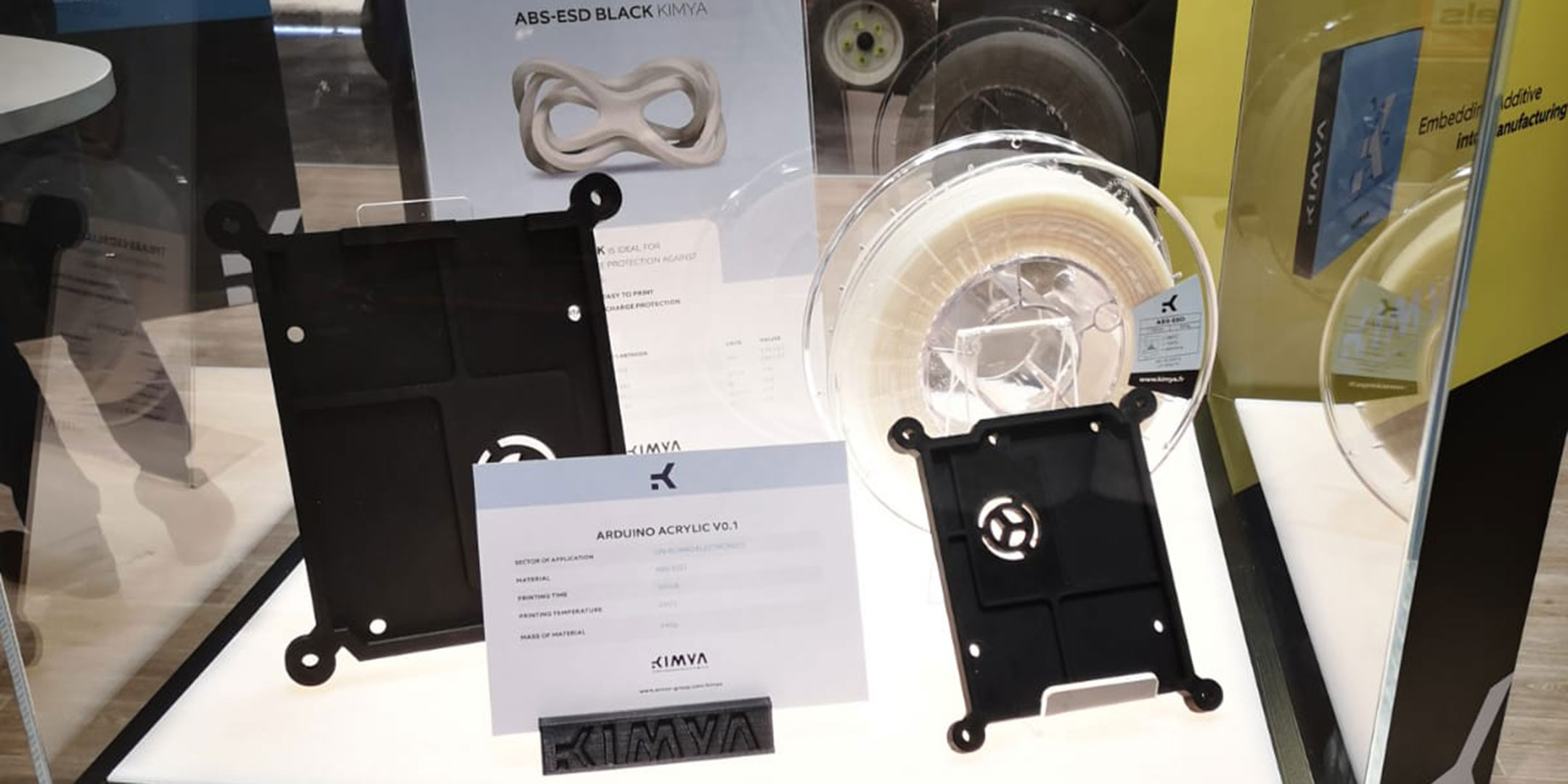2019 has been a landmark year for the . With 40 partners and 100 materials on the Marketplace, one thing is clear: 3D printing technology is not only evolving – it’s becoming an integral component of many business’ operations.
“This industry has passed the nascent stage of technology. It’s now at the mainstream adoption stage,” Rohit Jhamb, Ultimaker’s Global Market Research and Analytics Director, said.
New partners, new materials, new applications – as the 3D printing industry progresses, so does the realm of what is possible. As more and more businesses and industries begin to implement 3D printing into their organizations, we’d like to take a look at the what’s new with several key players in the Ultimaker Material Alliance.
Clariant
With improvements in machines, software, and materials, Clariant is aiming for an increased amount of industrial uses and applications such as small-batch production, complex components, and replacement parts. The railway industry specifically is in a prime position to reap the technology’s benefits. The service life of trains is approximately 25 years. In practice, however, they are used for up to 50. This means there is a near-constant demand for spare parts. But where to store a repository of spares? And what about the cost?
“Maintaining and storing molds for injection molding parts is extremely expensive. Making new molds for a few dozen or even a few hundred parts is an economical nonsense,” Joanna Marguier, 3D Printing Senior R&D Manager at Clariant, said.
That's where 3D printing comes into play. Clariant's PA6/66-GF20 FR LS using Exolit® was developed specifically with the railway industry in mind, and complies to industry regulations in Europe and the US.
Clariant is also developing a range of ESD material (safe from electrostatic discharge), which are in especially high demand in the China market. One such material, Clariant ESD safe PET-G is a strong, tough, impact-resistant material with good chemical resistance. It can be used in a manufacturing environment for product testing, manufacturing aids, or other parts that require ESD protection.
An electric car charger prototype printed with Clariant material
Ensinger
“Ensinger’s vision is to promote the use of technical plastics in the industry,” Niclas Marquardt, Sales Development of Filaments at Ensinger, said.
Ensinger is working to adapt plastics to both customer needs and market requirements. For the Ultimaker Marketplace, it is focusing on plastics used in the engineering industry. The glass fiber-reinforced PA6 GF30 material, for example, is Ensinger’s first qualified material for the Marketplace. It is rigid, and one of the strongest polyamides on the engineering plastics side. It can also be exposed to high static loads and high temperatures.
Ensinger's PA GF30 material is one of the strongest polyamids on the engineering plastics market
“[It is a great choice to create] housings, connectors, or for target markets like the automotive industry, electronics industry, or mechanical engineering industry,” Dilara Yüce, Product Development, Ensinger, said.
Looking ahead, Ensinger plans to place a focus on special target markets, such as flame-retardant materials for aerospace applications.
DSM
One of DSM’s new materials, DSM Novamid® AM1030 FR (F), is the first-ever UL Blue Card-certified PA6/66 filament on the market. It is an environmentally friendly, sustainable solution for applications requiring flame-retardancy, enabling applications such as automotive connectors, electronics, electronics enclosures, as well as lighting. A UL Blue Card certification means that a plastic material is appropriate for use in 3D printing, ensuring quality and performance.
“Having a material like the DSM AM1030 FR (F), on an open platform like Ultimaker makes it available and accessible to all industry partners who might be interested in a material such as this for their application requirements,” Nirali Surati, Product Manager Solids, said. “And that’s what DSM is all about.”
Housing for a lamp printed with Novamid® AM1030 FR (F)
BASF
“We’ve been working with Ultimaker for a long time. We were one of the first partners in the Material Alliance Program,” Roger Sijlbing BASF’s Head of Sales Additive Extrusion Systems, said. “Also, with our new material – Ultrafuse 316L – Ultimaker was one of the first partners.”
Ultrafuse 316L is currently the most affordable metal solution in additive manufacturing. It is a metal-polymer composite which produces stainless steel type 316L, it is a great choice for jigs and fixtures, tools, and molds inserts. Parts printed with the material must afterwards go through BASF’s industry-standard debinding and sintering process.
A finished part printed with BASF Ultrafuse 316L
Solvay Specialty Polymers
"Solvay is a specialist at providing high-performance materials for industrial applications," Brian Alexander, Solvay’s Global Product and Application Manager for Additive Manufacturing, said. "We’re working with Ultimaker with our PVDF material which is the 100th material on its Marketplace."
A micro-pump printed with Solvay PDVF material
The PVDF material is used for various applications in the chemical processing industry, such as valves, connectors, pumps – any application that requires chemical resistant or requires contact with fluids.
Kimya
In answer to concerns regarding environmental sustainability, Kimya has announced the launch of a range of recycled materials.
"The PLA-R is made from recycled PLA coming from the packaging industry," Pierre Antoine Pluvinage, Business Development Director at Kimya, said. "We take back the waste from the post-production of industrials and out of it we make 100% recycled and biodegradable filaments."
Kimya has also introduced ESD-safe material, as it continues to support the advancement of 3D printing technology, industrial applications, and end-use parts.
Kimya's ESD-safe material
"I think it is key on this growing market that main actors such as Ultimaker and Kimya bring global solutions to final users, in terms of machines and materials to perfectly suit the final application," Pierre said.
Want to know more about 3D printing materials and Ultimaker’s open-filament system?



